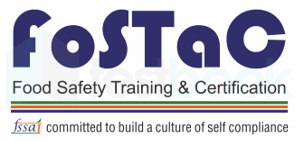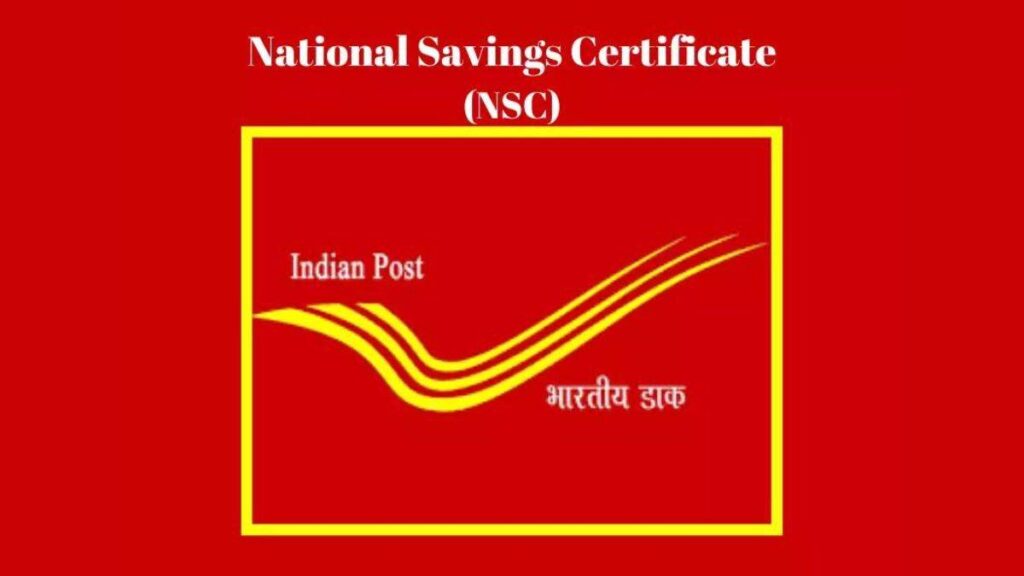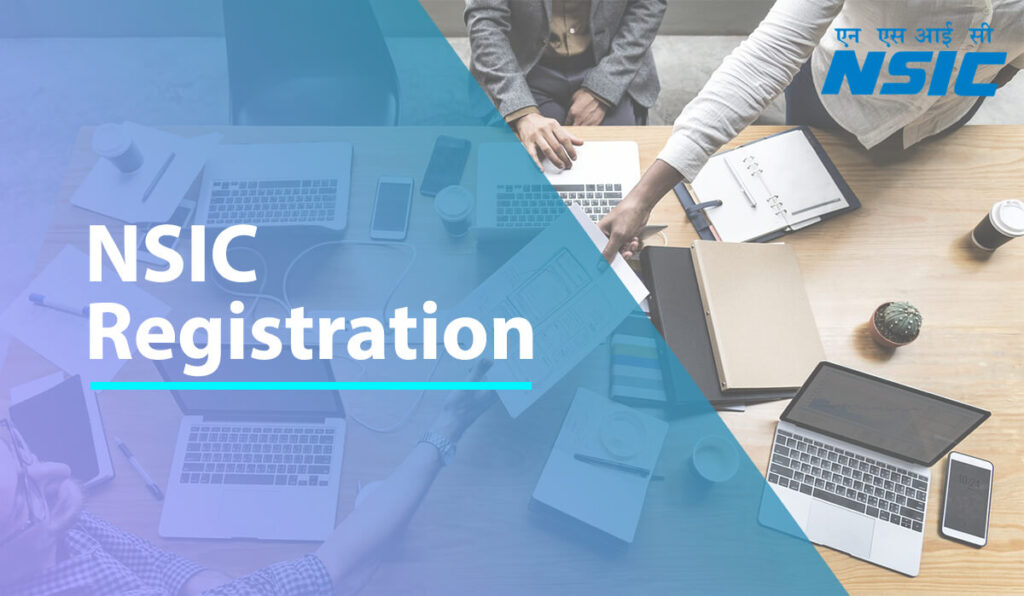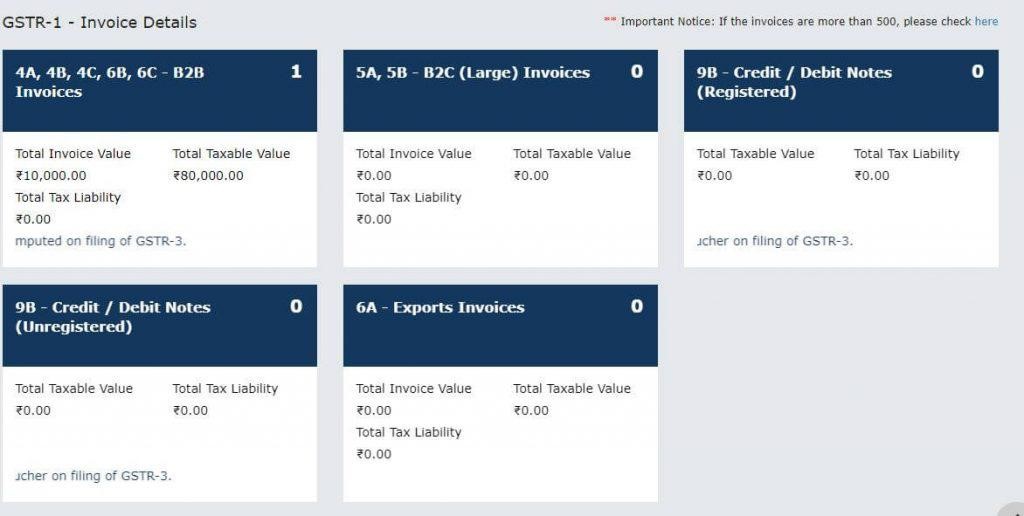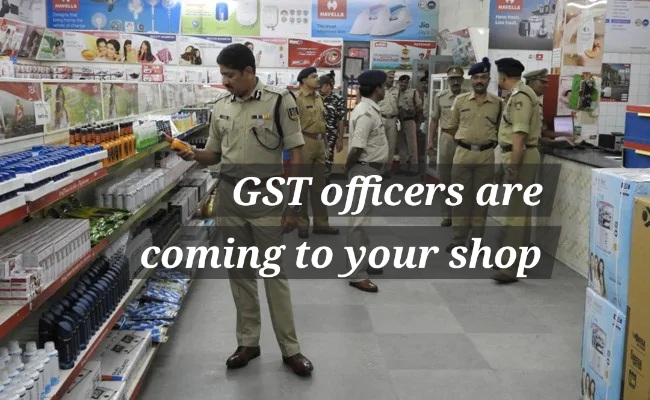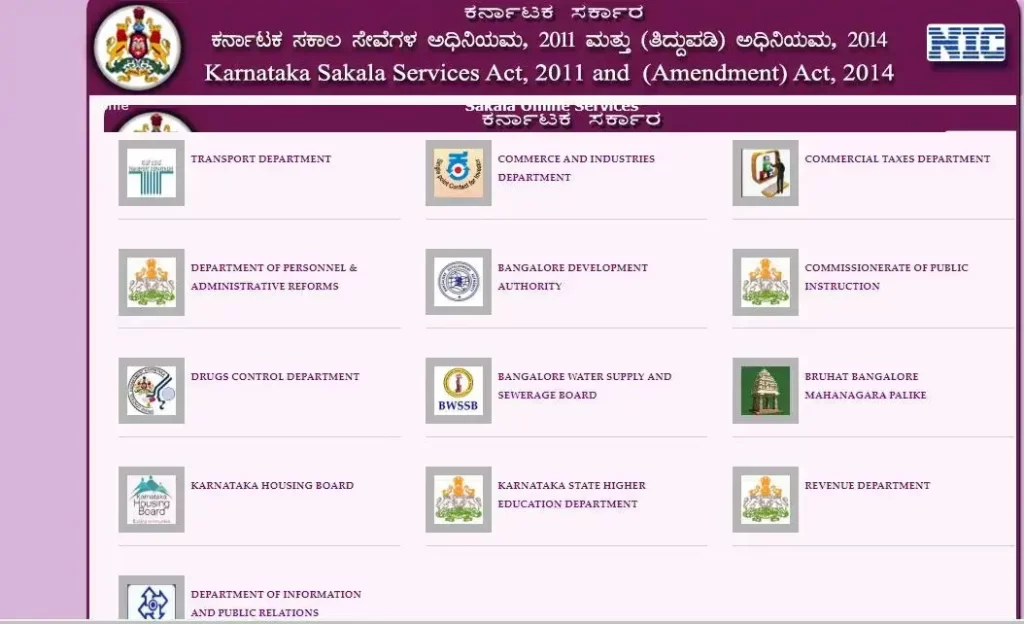FOSTAC
FSSAI protects public health and well-being, while also strengthening the competitiveness and sustainability of the food industry. However, challenges in this domain are constantly shifting due to factors like globalization, urbanization, climate shifts, and new pathogens. This necessitates ongoing improvement and innovation in food safety practices and regulations. To meet this crucial need, the Food Safety and Standards Authority of India (FSSAI) has rolled out the Food Safety Training and Certification (FoSTaC) program, a comprehensive training and certification network for food businesses across the entire food value chain. FoSTaC aspires to develop a pool of highly trained and certified food safety supervisors (FSS) who can uphold dedication to food safety regulations and good hygiene and manufacturing practices within their respective food businesses. FoSTaC FSSAI The Food Safety Training and Certification (FoSTaC) is an initiative of the Food Safety and Standard Authority of India (FSSAI). Food safety training is conducted under FoSTaC for target groups in the food business to maximise awareness and knowledge of food safety policies and regulations to ensure food hygiene and safety. FSSAI provides that all licensed food businesses should have at least one certified and trained food safety supervisor under FoSTaC for every 25 food handlers on each food premises. Thus, every Food Business Operator (FBO) must have a food safety supervisor certified under the FoSTaC programme. FoSTaC is a short training course authorised exclusively by FSSAI, but a training partner conducts the FoSTaC training module. What are the objectives of the FoSTaC? Encouraging positive behaviors and implanting food safety as a shared value across the nation. Instructing responsible food businesses towards voluntary adherence to the Food Safety and Standards Act and regulations. Bridging the skill gap in the food industry by training and certifying competent individuals. Equipping food businesses with the knowledge and tools to achieve and maintain top-notch hygiene and sanitation standards. FoSTaC Course Eligibility Requirements for Trainees Basic Level: These courses are ideal for small businesses and final-year undergraduate students in nutrition, hospitality, food science, or related fields. Six months of relevant experience (depending on the course) helps you hit the ground running. Advanced Level: Advanced courses are mandatory for all food businesses except small ones and perfect for postgraduate students in food science, nutrition, hospitality, or allied fields. A minimum of one year of relevant experience (depending on the course) unlocks new doors in food safety knowledge. Special Level: These courses cater to areas like milk, meat, seafood, health supplements, etc. Bring at least two years of relevant experience (depending on the course) and get specialized training to excel in your chosen field. Food Safety Courses Under FoSTaC FoSTaC offers 17 different courses for different types of food businesses on different competency levels. The duration of each course is 8-12 hours spreading over 1-2 days. The domain experts have developed the courses. The training modules are based on manufacturing practices or general hygiene as provided under Schedule 4 of the FSS regulation. The FoSTaC course has been divided into three levels which are the basic, advanced and special courses. The training for the food safety supervisors under the three FoSTaC courses is conducted through the face to face mode. FSSAI has created training content for the three courses, available in English and translated into other regional languages also. The details of the FoSTaC courses for food safety supervisors training (trainees) are provided below: Sl.No. FoSTaC Course Duration (per day) Optional/Mandatory Applicable food business 1. Level 1 for manufacturing units 4 hours Recommended for all small manufacturing units. For every type of small manufacturing or processing unit. 2. Level 2 for manufacturing units 8 hours Mandatory for every manufacturing unit other than milk products and milk processing units and health nutraceuticals and supplements. Every food processing unit other than milk products and milk processing unit, and health nutraceuticals and supplements. 3. Milk and milk products 12 hours Mandatory for all milk products and milk processing units. All milk products and milk processing units. 4. Meats and poultry 12 hours Mandatory for all poultry and meat processing unit. All poultry and meat food processing units except small slaughterhouses. 5. Seafood and fish 8 hours Mandatory for all seafood and fish processing units. All seafood and fish processing units. 6. Health supplements 8 hours Mandatory for all health supplement units. All health nutraceuticals and supplements processing units. 7. Level 1 for bakeries 4 hours Recommended for all small bakery units. Small scale bakery processing units. 8. Level 2 for bakeries 8 hours Optional for bakeries. All bakery processing units. 9. Edible oil and fats 8 hours Optional for fats and edible oil manufacturing units. All fats and vegetable oils processing units. 10. Water and water-based beverages 8 hours Optional for water and water-based beverages processing units. All water and water-based beverages processing units. 11. Level 1 for retail units 8 hours Recommended for small retail units. For all types of small retail shops. 12. Level 2 for retail units 8 hours Mandatory for all retail units. All wholesalers and retailers. 13. Level 1 for transport and storage 8 hours Recommended for all small transport and storage units. For all types of small transport and storage units. 14. Level 2 for transport and storage 8 hours Mandatory for all transport and storage units. All food transport and storage units. 15. Level 1 for catering 8 hours Recommended for all small catering units. All types of small catering units. 16. Level 2 for catering 8 hours Mandatory for all catering units. All catering establishments, including hotels, restaurants, caterers, Dhabas, flight catering, rail catering, canteens etc. 17. Street food vendors 4 hours Recommended for all street food vendors. All street food vendors. FoSTaC Application Process Visit the official FoSTaC website https://fostac.fssai.gov.in/index. Scroll further down and select the ‘Register‘ button located under the section titled ‘Get Food Safety Supervisor’s Certificate‘ on the homepage. Complete the trainee application form by providing personal information, address particulars, and business details, then press the ‘Submit‘ button. The screen will show the FoSTaC unique username ID and
